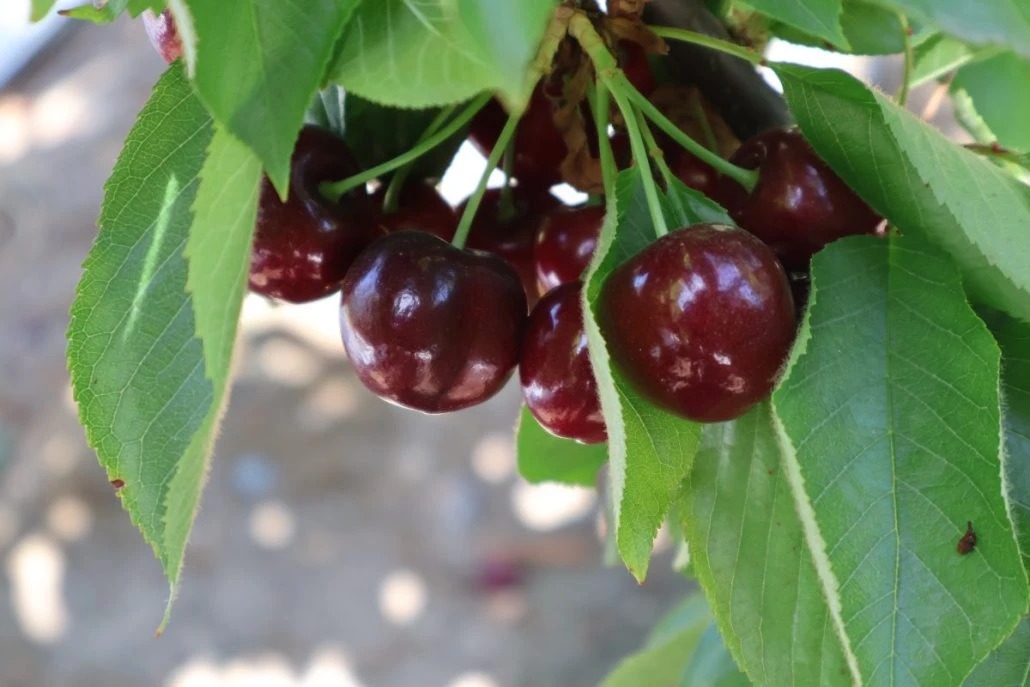An estimated 14% of food production is wasted between harvest and sale and another 17% of total world food production is lost at the following stages: 5% in the food service industry, 11% in household use and 2% in retail. The main drivers of food waste and loss are the exponential increase in world population and changes in food consumption patterns.
Food waste affects not only the economy, but also food security through loss of production and the costs associated with waste management. Fruits and vegetables contain dietary fibre and phenolic compounds, which can be extracted for further use. Through extraction, waste from the, pharmaceutical, cosmetics, textile and food industries can be used to isolate bioactive compounds.
By-products of sour cherries, including stones, pulp, and peels, are rich in anthocyanins, polyphenols and other antioxidants, which can be isolated through a variety of conventional and non-conventional extraction methods. Standard techniques include the Soxhlet method, maceration, and direct extraction. Recent developments in the field of extraction have led to the creation of 'green techniques', which produce extracts of comparable or higher quality, being able to extract larger quantities in less time.
Furthermore, the implementation of environmentally friendly methods for the extraction of bioactive compounds is a sustainable alternative since non-toxic solvents such as water can be used. Microwave-assisted extraction, ultrasound-assisted extraction, supercritical fluid extraction, hydrostatic high-pressure extraction and enzyme-assisted extraction are some examples of these environmentally friendly processes.
Numerous investigations into the extraction of bioactive compounds from the by-products of P. cerasus have shown that ecological methods are nowadays more widely used than conventional ones. When several extraction methods are combined, the purity and yield of the extract are improved. Alternative methods for handling sour cherry by-products can also be implemented. Pulsed electric field and ionic liquid extraction are two such methods.
The pulsed electric field technique is a fast and effective method to break the cell membrane with electricity, thus facilitating the extraction of bioactive compounds. In addition, ionic liquid extraction is an innovative solvent extraction method that substitutes ionic liquids for volatile organic compounds as extractants and diluents.
In addition, cloud point extraction, an alternative extraction method, can be integrated with one of the conventional or environmentally friendly techniques mentioned above. An advantage of this approach is that it employs edible, non-toxic surfactants that can encapsulate bioactive compounds. Consequently, these compounds can easily be used as food additives.
A further positive aspect is that each of these methods could easily be implemented on by-products derived from any fruit of the Prunus genus. In the past, the potential food applications of peels, pomace, seeds, and kernels have been greatly neglected.
In the future, however, it will be crucial to consider the use of these sour cherry 'waste' in the formulation of bakery products, vegetable meat products, juices containing bioactive compounds and industrial fermentation for the production of various food additives such as proteins, enzymes and flavourings. Are we ready? Not yet: we just need to find the optimal amount of each waste component to ensure the quality of the enriched products so that they are appreciated by consumers.
Source: Chatzimitakos, T.; Athanasiadis, V.; Kalompatsios, D.; Kotsou, K.; Mantiniotou, M.; Bozinou, E.; Lalas, S.I. Sustainable Valorization of Sour Cherry (Prunus cerasus) By-Products: Extraction of Antioxidant Compounds. Sustainability 2024, 16, 32. https://doi.org/10.3390/su16010032.
Melissa Venturi
University of Bologna (IT)
Cherry Times - All rights reserved












